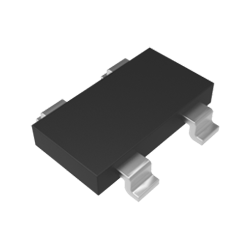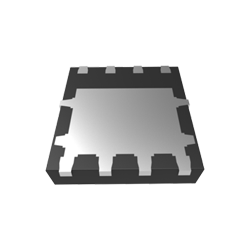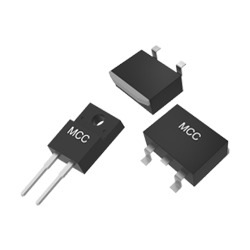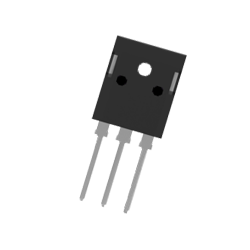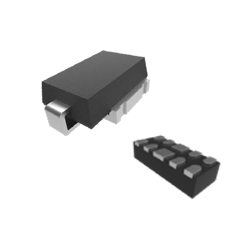/ Lose Power, Not Critical Data with UPS Systems
Also known as uninterruptible power sources, uninterruptible power supplies provide just enough reaction time to properly save invaluable information or power down sensitive — and expensive — equipment.
Offline or standby UPS systems consist of a charger and battery connected to the grid. In the event of an outage or undervoltage, the battery kicks on and connects to the inverter, enabling power for crucial equipment for a short period, typically 5-20 minutes.
/ Application Considerations
Several design factors should be weighed to ensure reliable UPS performance when power disruptions occur.
- Size - space is often limited in data control rooms due to the size of the servers. Balancing adequate power supply and UPS footprint is essential.
- Input regulation - the AC input is connected to the grid and subject to transients and overloads that could negatively impact the circuit during AC-to-DC rectification, AC-to-DC conversion, and all subsequent functions.
- Output - protection, control, and sensing features should be considered to help ensure transients and overloads do not occur during DC-to-AC inversion.
- Topology - design goals and the power needs of the application should determine the circuit topology. There are typically four UPS topologies to choose from, with their own pros and cons.
- Standby
- Line interactive
- Double-conversion on-line
- Multi-mode on-line
- Minimizing power, switching, and conduction losses - balancing efficiency with switching speed is essential, as the UPS needs to quickly switch to battery backup to reduce data losses.
- Industry standards and regulations - IEC and UL regulations may apply and should always be factored into the design.
/ Block Diagram

/Recommended Products
Get a Competitive Edge on Your Next Project
No matter the application or industry, MCC has the components and service you need to get to market faster and reduce overall costs.

